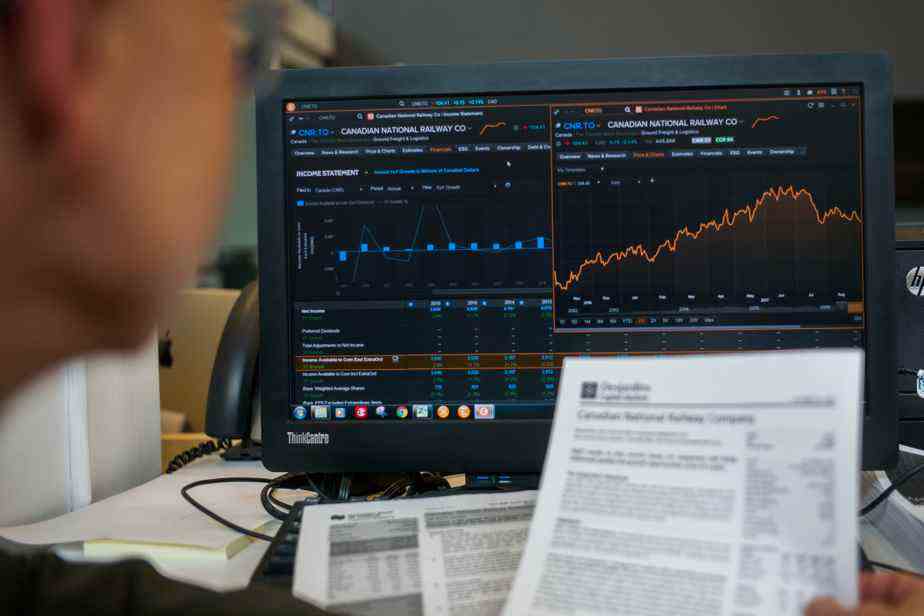I would like to know on what basis is the dividend yield per share calculated in the stock market information, day by day?
Michael Boisvert
Before explaining the calculation of the dividend yield of shares on the stock market, we must first recall the origin of the dividend in the accounting and financial management of companies.
“A dividend is a cash portion of a company’s profits that is distributed to shareholders,” explains the firm Banque Nationale Courtage Direct (BNCD) on its web portal.
“As a rule, dividend-paying stocks are issued by mature companies with regular and reliable earnings. They can therefore pay out part of it in the form of a dividend. [aux actionnaires] while using the rest for other financial management purposes: paying off debt, buying back shares, reinvesting in the company, etc. »
Rate of return
That said, how is the dividend yield of a listed share calculated?
Essentially, the current dividend yield of a share is obtained by dividing the total and annual amount of the dividend by the current price of the share on the stock market, explains the firm Desjardins Brokerage online on its web portal. .
“For example, a company whose stock is listed at $100 and which pays a dividend totaling $6 per share offers a current yield of 6% on its shares, explains Desjardins.
“As a stock’s price rises or falls, its current dividend yield moves inversely. »
Moreover, for the calculation of the dividend yield of shares already invested in a portfolio, it is the acquisition cost of these shares which must be used as the dividing number of the most recent total and annual amount of dividend paid.
This type of calculation can be useful in order to gauge the evolution of the dividend yield of the shares in the portfolio compared to the current rate of return of the same shares, according to their price on the stock market.
Moreover, what is the use of the dividend yield for equity investors?
Many investors view regular dividend payments as a form of rental income while waiting for the stock price to rise or, conversely, as a form of compensation while waiting for the stock price to recover after a bearish episode.
Extract from the BNCD web portal
“In a context of stock markets with limited upside potential in the short term, and inflation that is still high, holding dividend-paying stocks can be an excellent way to improve the current return on equity investments,” recalls Hugo Ste-Marie, Director of Portfolio Strategy and Quantitative Analysis at Scotiabank World Markets in Montreal, in his recent report Outlook 2023.

PHOTO PATRICK SANFAÇON, LA PRESS PHOTO PATRICK SANFACON
Hugo Ste-Marie, Director of Portfolio Strategy and Quantitative Analysis at Scotiabank World Markets in Montreal
However, cautions Mr. Ste-Marie, “simply buying stocks with above-average dividend yields is not an optimal investment strategy.”
Why ? “Because it does not always protect [la valeur des actions en portefeuille] in the event of a slowdown in the business of the companies concerned, and an increased risk of a reduction in their dividends. »
As an alternative, points out Hugo Ste-Marie, “market analysis shows that stocks of companies accustomed to regular increases in their dividend perform better over time.”
“These companies with a well-established dividend policy are often in low-risk and less cyclical industries. However, these characteristics become advantages in a context of increasing risk of recession, when optimistic expectations of growth in earnings or dividends per share may not materialize in the more cyclical sectors of the stock market. »
Do you have questions about personal finance, the world of work, the stock market, finance, technology, management or another related subject? Our journalists will answer one of them every week.
